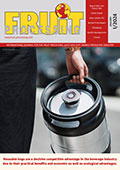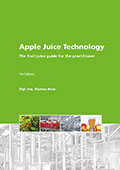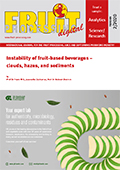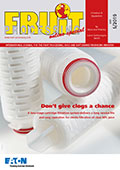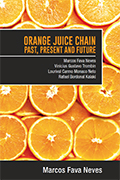16-year-old student combatting drought with a low-cost, biodegradable superabsorbent polymer made out of orange peels
South Africa is presently experiencing one of the worst droughts in 45 years, with the lowest ever rainfall since 1904. In 2015, South Africa received only an average of 403 mm, which is merely 66 % of the annual average rainfall. This matter has to be urgently addressed, with food sources under severe strain and still household food security being a major concern. However, a clear solution would be Superabsorbent Polymers (SAPs).
South Africa is presently experiencing one of the worst droughts in 45 years, with the lowest ever rainfall since 1904. In 2015, South Africa received only an average of 403 mm, which is merely 66 % of the annual average rainfall. This matter has to be urgently addressed, with food sources under severe strain and still household food security being a major concern. However, a clear solution would be Superabsorbent Polymers (SAPs). SAPs absorb and carry about 300 times its weight in liquid relative to their own mass.
When a SAP is cross-linked with polymerization, the product is water retaining hydrogels that act as a reservoir of collected water in soil. However, these SAPs are not biodegradable, costly and full of acrylic acid, sodium hydroxide and other chemicals. During more research in the topic, I found that natural occurring polymers exist in most citrus fruits. Orange peels contain over 64 % of polysaccharide making it a candidate for biodegradable polymer.
However, the polymer has to be cross-linked usually requiring chemicals such as Sulphur and Hydrochloric acid. I have explored an organic cross-linking method using UV light and heat. Emulsion polymerization was then conducted by using natural oil found in avocado peels and adding it to boiled orange peels. The product is then left in the sun, utilizing photo polymerization. The product should be able to retain large amounts of water and combat the effects of drought on crops by retaining soil moisture, whilst still recycling waste products of the juice manufacturing industry.
For further information please visit: https://www.googlesciencefair.com



